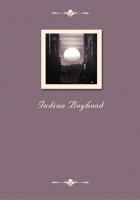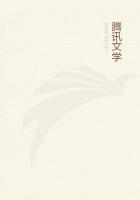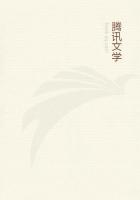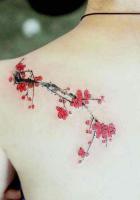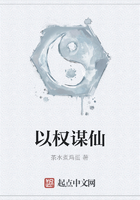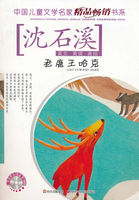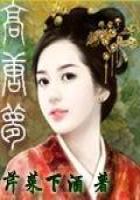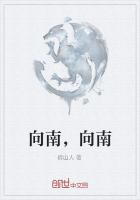The name, Abode of Fancy, implies a structure created to meet some individual artistic requirement.The tea-room is made for the tea master, not the tea-master for the tea-room.It is not intended for posterity and is therefore ephemeral.The idea that everyone should have a house of his own is based on an ancient custom of the Japanese race, Shinto superstition ordaining that every dwelling should be evacuated on the death of its chief occupant.Perhaps there may have been some unrealized sanitary reason for this practice.Another early custom was that a newly built house should be provided for each couple that married.
It is on account of such customs that we find the Imperial capitals so frequently removed from one site to another in ancient days.
The rebuilding, every twenty years, of Ise Temple, the supreme shrine of the Sun-Goddess, is an example of one of these ancient rites which still obtain at the present day.The observance of these customs was only possible with some form of construction as that furnished by our system of wooden architecture, easily pulled down, easily built up.A more lasting style, employing brick and stone, would have rendered migrations impracticable, as indeed they became when the more stable and massive wooden construction of China was adopted by us after the Nara period.
With the predominance of Zen individualism in the fifteenth century, however, the old idea became imbued with a deeper significance as conceived in connection with the tea-room.
Zennism, with the Buddhist theory of evanescence and its demands for the mastery of spirit over matter, recognized the house only as a temporary refuge for the body.The body itself was but as a hut in the wilderness, a flimsy shelter made by tying together the grasses that grew around,--when these ceased to be bound together they again became resolved into the original waste.In the tea-room fugitiveness is suggested in the thatched roof, frailty in the slender pillars, lightness in the bamboo support, apparent carelessness in the use of commonplace materials.The eternal is to be found only in the spirit which, embodied in these simple surroundings, beautifies them with the subtle light of its refinement.
That the tea-room should be built to suit some individual taste is an enforcement of the principle of vitality in art.Art, to be fully appreciated, must be true to contemporaneous life.It is not that we should ignore the claims of posterity, but that we should seek to enjoy the present more.It is not that we should disregard the creations of the past, but that we should try to assimilate them into our consciousness.Slavish conformity to traditions and formulas fetters the expression of individuality in architecture.We can but weep over the senseless imitations of European buildings which one beholds in modern Japan.
We marvel why, among the most progressive Western nations, architecture should be so devoid of originality, so replete with repetitions of obsolete styles.Perhaps we are passing through an age of democritisation in art, while awaiting the rise of some princely master who shall establish a new dynasty.Would that we loved the ancients more and copied them less! It has been said that the Greeks were great because they never drew from the antique.
The term, Abode of Vacancy, besides conveying the Taoist theory of the all-containing, involves the conception of a continued need of change in decorative motives.The tea-room is absolutely empty, except for what may be placed there temporarily to satisfy some aesthetic mood.Some special art object is brought in for the occasion, and everything else is selected and arranged to enhance the beauty of the principal theme.One cannot listen to different pieces of music at the same time, a real comprehension of the beautiful being possible only through concentration upon some central motive.Thus it will be seen that the system of decoration in our tea-rooms is opposed to that which obtains in the West, where the interior of a house is often converted into a museum.

